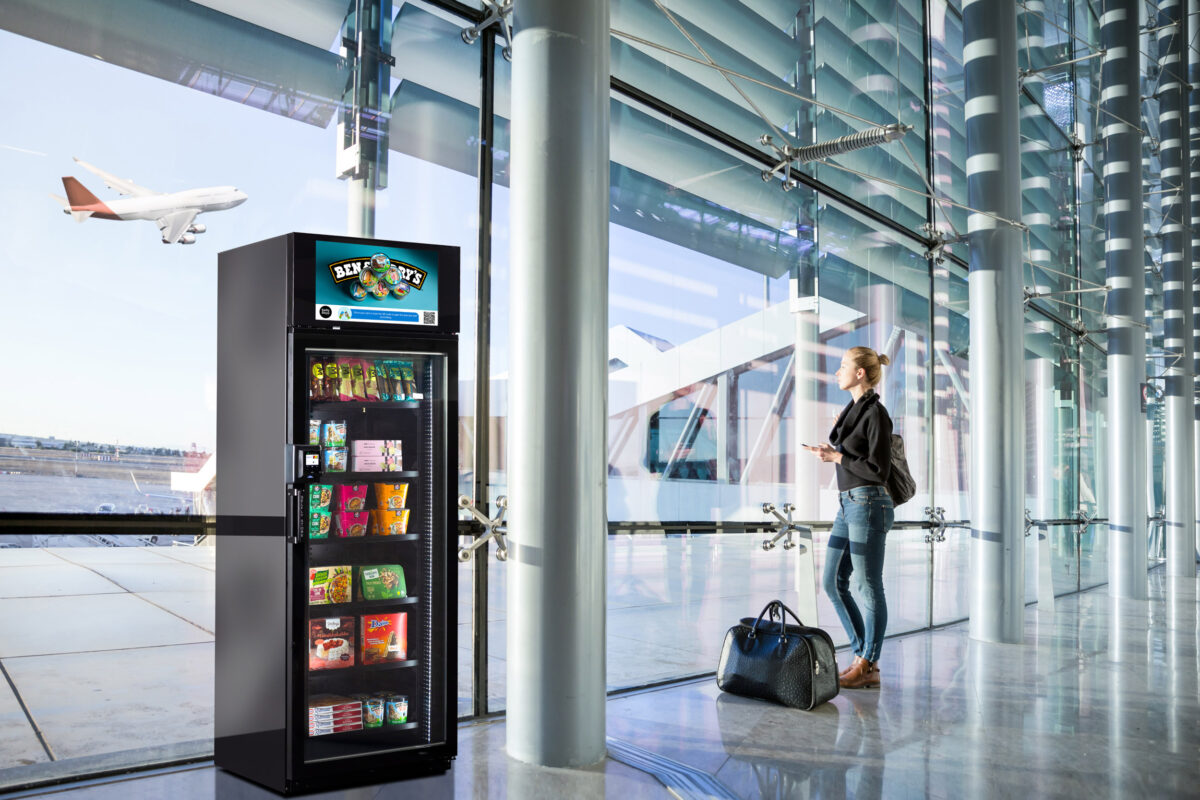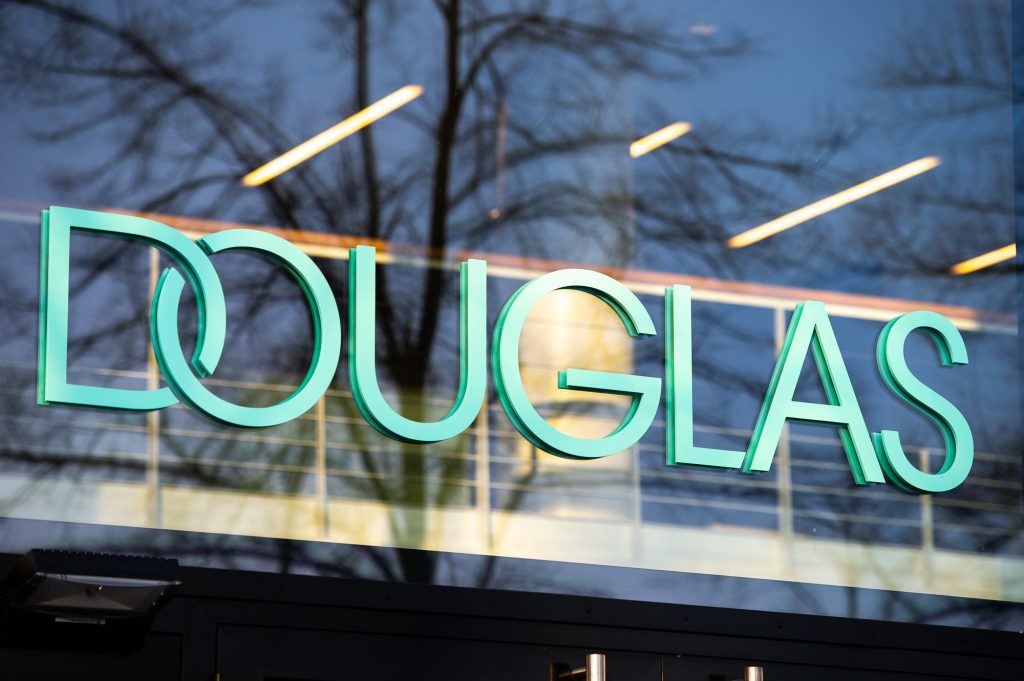To prepare your online shop for peak loads caused by advertising campaigns or cyber attacks
The recommendation of your product by an influencer or the rush of customers for your voucher deal and other successful marketing measures are actually a blessing for every retailer. But they can backfire!
If a large number of customers access the site and it collapses and nothing works, this not only depresses potential sales, but also damages the reputation in the long term. That’s why Daniel Schnadt, founder and CEO of Gambio, recommends that companies consider their own technical and organizational capacities beforehand.

© Gambio
Mr. Schnadt, why are you familiar with the topic of peak loads?
We are a technical service provider and develop online shop solutions for our retailers. To this end, we offer software and a fully equipped cloud solution. And especially with the latter, we are responsible for ensuring that our retailers’ shops are always running, even when they have a lot of traffic.
Everybody knows that in the pre-Christmas period, online shops and mail order warehouses are very busy. But are there other peak loads for which retailers can prepare?
Such peak loads are caused by events such as Black Friday or Cyber Monday, for example, but also by coupon and promotional offers that are distributed through portals such as MyDealz.de or Gutschein.de. When a deal is posted, thousands of people can be accessing the online shop within minutes, and these accesses need to be processed. Even successful advertising placements, media coverage, or mention by an influencer can trigger very high access rates.
There are really unbelievable numbers of visitors and orders that can be generated by advertising campaigns. I know of retailers who have matched their annual turnover in just one or two hours. If you can’t handle that, then it’s really annoying.
And finally, there is another possible cause of a website overload that many people forget. As a result of cyber attacks, so-called DDoS attacks (distributed denial of service) systems are bombard with fake requests and thus disrupted. Of course, these are also load peaks, deliberately created with the aim of bringing the servers to their knees.
One can and should prepare for these increases in traffic. Retailers who have not yet had this experience are often surprised by such load peaks.
As a retailer, how do I prepare myself well for this?
The retailer has to ensure that they have sufficient server capacity. There are several ways to do this.
If they host their shop themselves and run their own servers, they have to ensure that there are enough servers in use so they do not reach capacity during normal operation. The simple rule is “a lot helps a lot.” In addition, you can use content delivery networks – a network of several regionally distributed servers – on which the contents of one’s own pages are mirrored. In the event of an attack, for example, this distributes the load over many different nodes.
The problem is that securing in these cases always means having server capacities available and paying for them, which are usually not needed. A cloud solution can help here. If retailers do not run their shop on their own servers, but instead share a server farm with many other users via a cloud, this also provides greater protection against system overload. The probability that many users will have an extreme peak load at the same time is rather low, so the load is distributed over time. Furthermore, retailers do not have to deal with the technology themselves.
But they also have to accept that there is no such thing as one hundred percent protection, especially in the case of completely unpredictable events such as cyber attacks or the Corona pandemic and the contact ban which we are experiencing at the moment.

© PantherMedia/AntonioGuillemF
An event like the corona crisis can really upset the best plans.
There has never been a situation like this before. The strain on the entire internet is extremely high, as shown by the attempts of Netflix, YouTube and co. to reduce the data rates. In addition, many retailers have now had to close their shops and are looking for an alternative. Having their own online shop gives them the opportunity to soften the blow of the crisis a little.
But this does not mean that the impact on all shops is so extreme. There are web shops that now have a particularly high load, such as the garden and food sectors, others have a very low load, for example in the fashion sector.
When we return to “normal” times, what would be the optimal timeline to prepare for such peak loads?
There is no general answer to this question; it is different for every company. The most important thing is to start early enough. Preparing frantically for something like this in a week or two doesn’t work. Changing big things just takes time. The best thing to do is to take care of it at the beginning of the year if you know that at the end of the year it will be tricky.
You should also remember to inform your partners in the supply chain in time if you are planning something that could lead to high capacity utilization. Even if retailers prepare well for such actions, the process can stall if they do not advise their web host. We see that all the time. The service provider is caught off guard, more often than not at 11 at night when there is only emergency staffing in the data center.
And the same applies to other jobs, such as logistics. If a parcel service suddenly has to pick up considerably more orders than usual, they can plan on not loading the extra 20 pallets into the Sprinter.
So there are some things to consider when planning a strong sales promotion.
It is best to go through the entire process chain beforehand, from ordering in the online shop and stock on hand, to order picking, packaging material, storage capacity, and staff and shipping. Returns management should also not be ignored. In this way, the weak points can be identified beforehand, the predetermined breaking points, so to speak, at which the whole thing could fall apart.
Interview: Julia Pott
First published on iXtenso – Magazine for Retailers




















